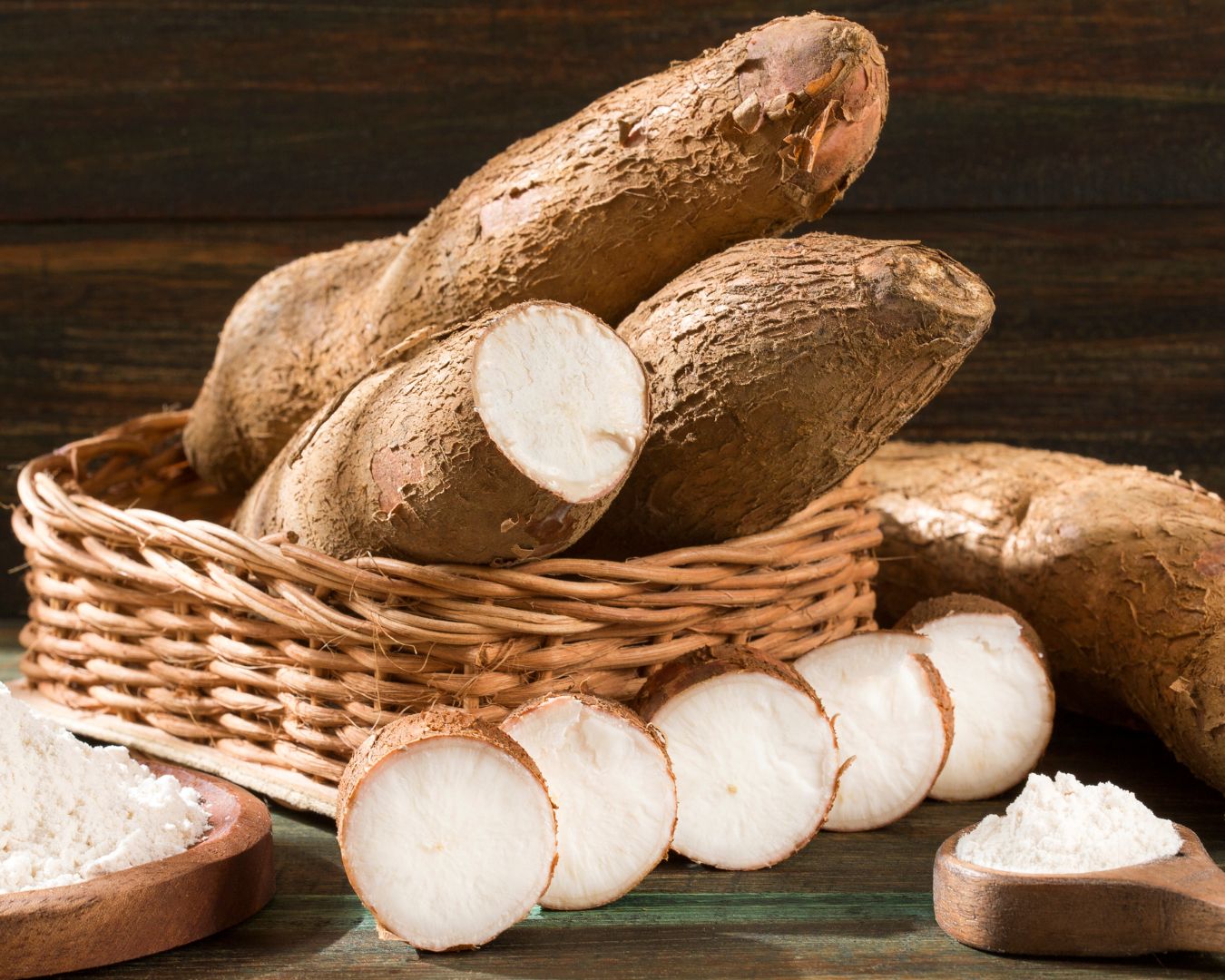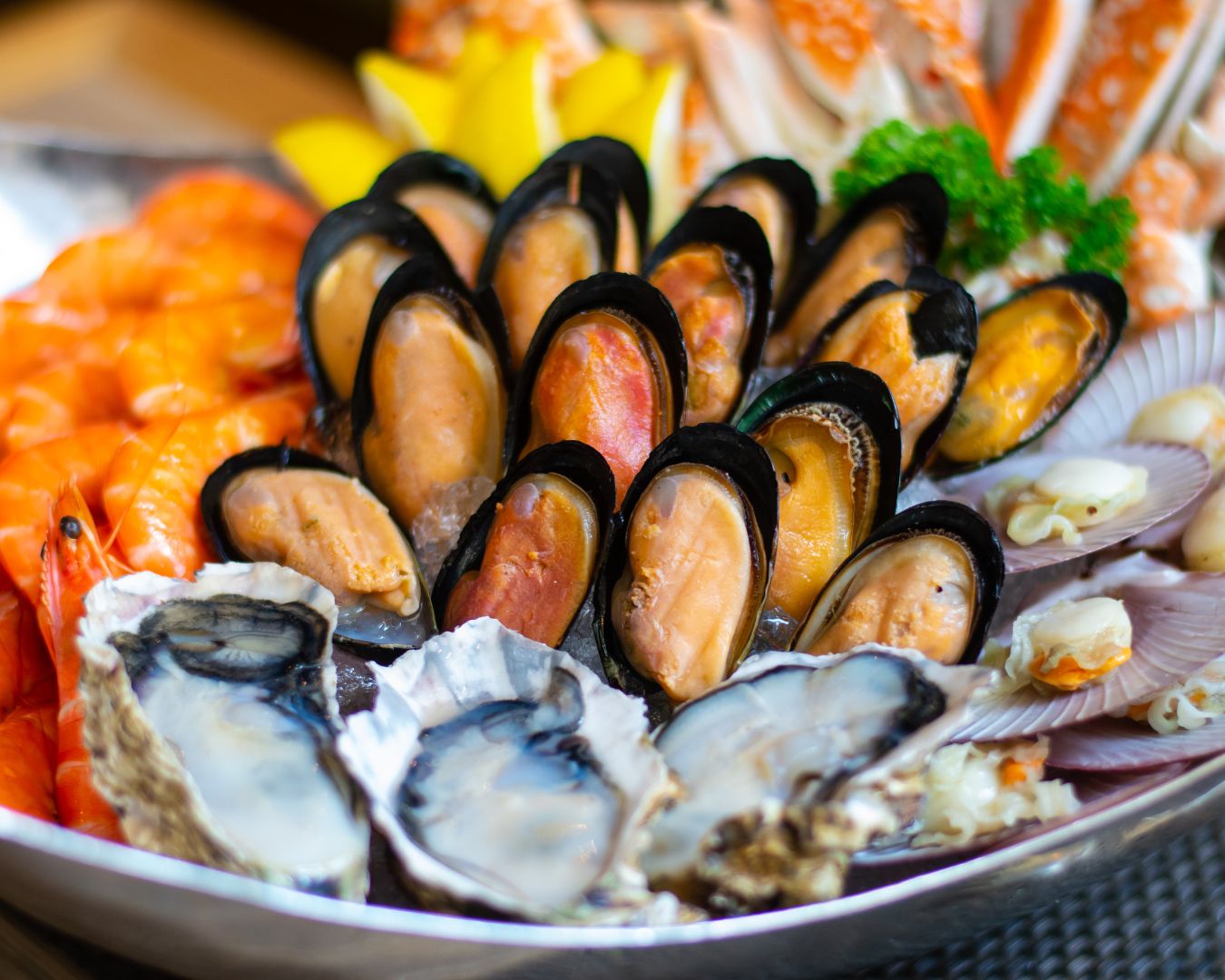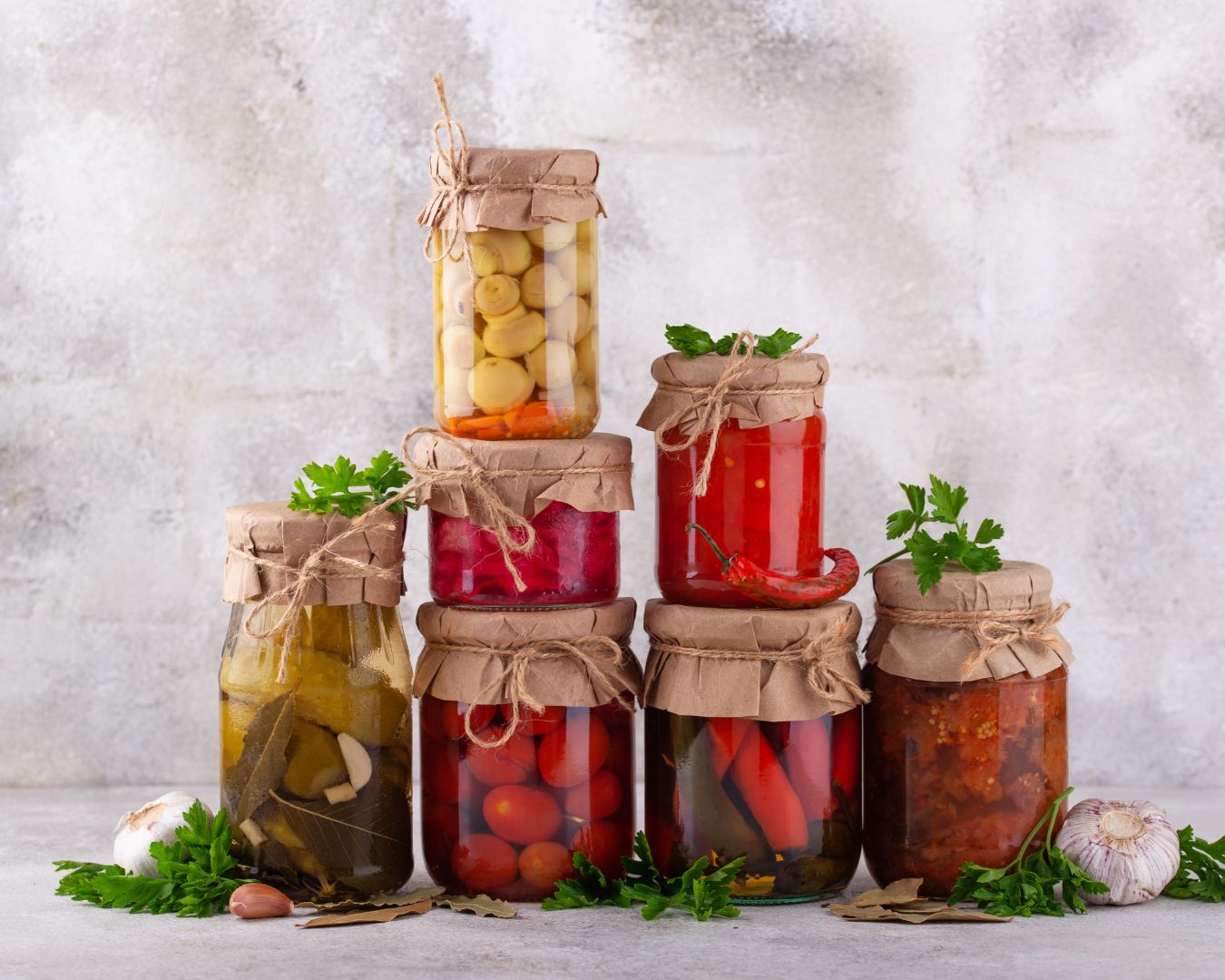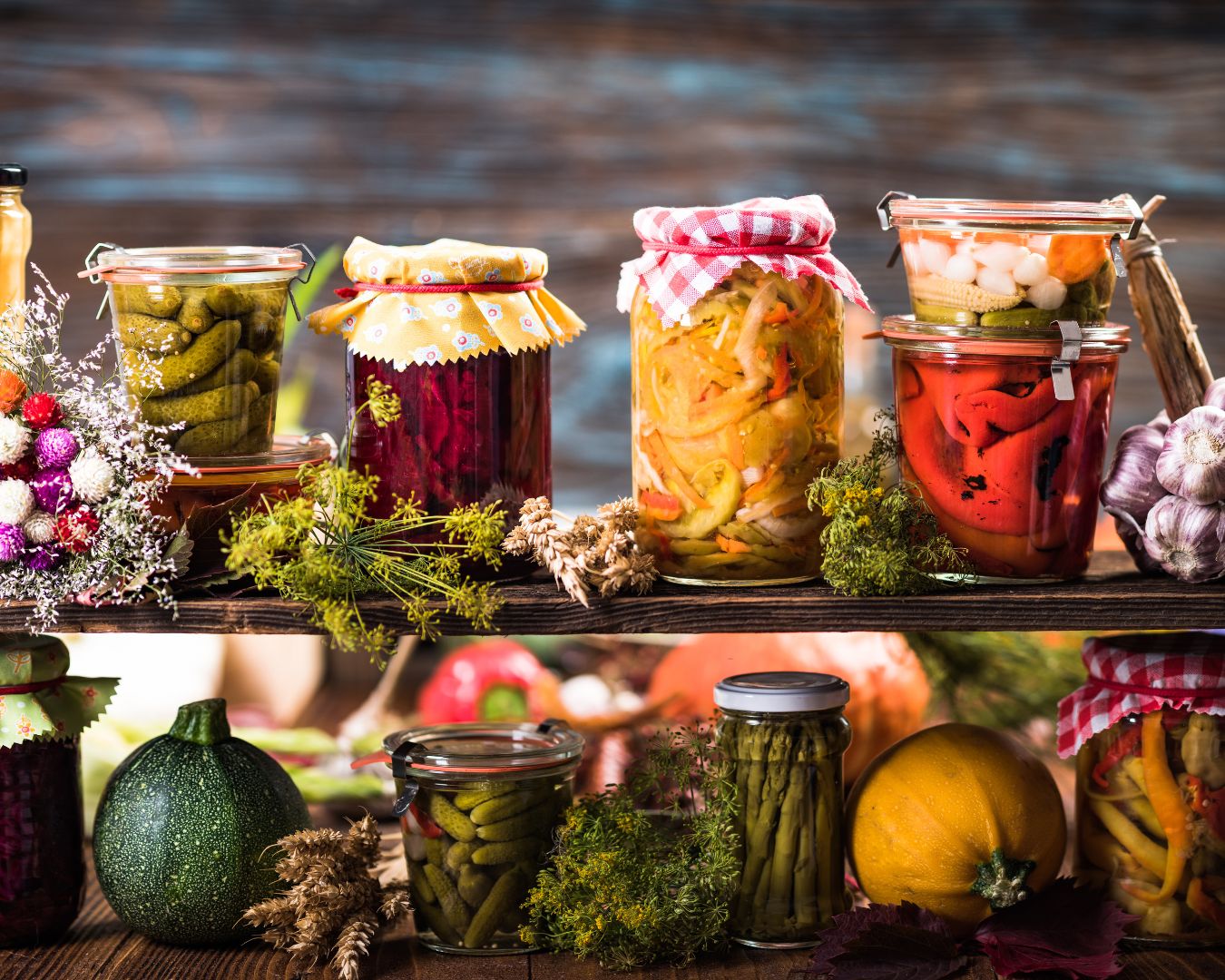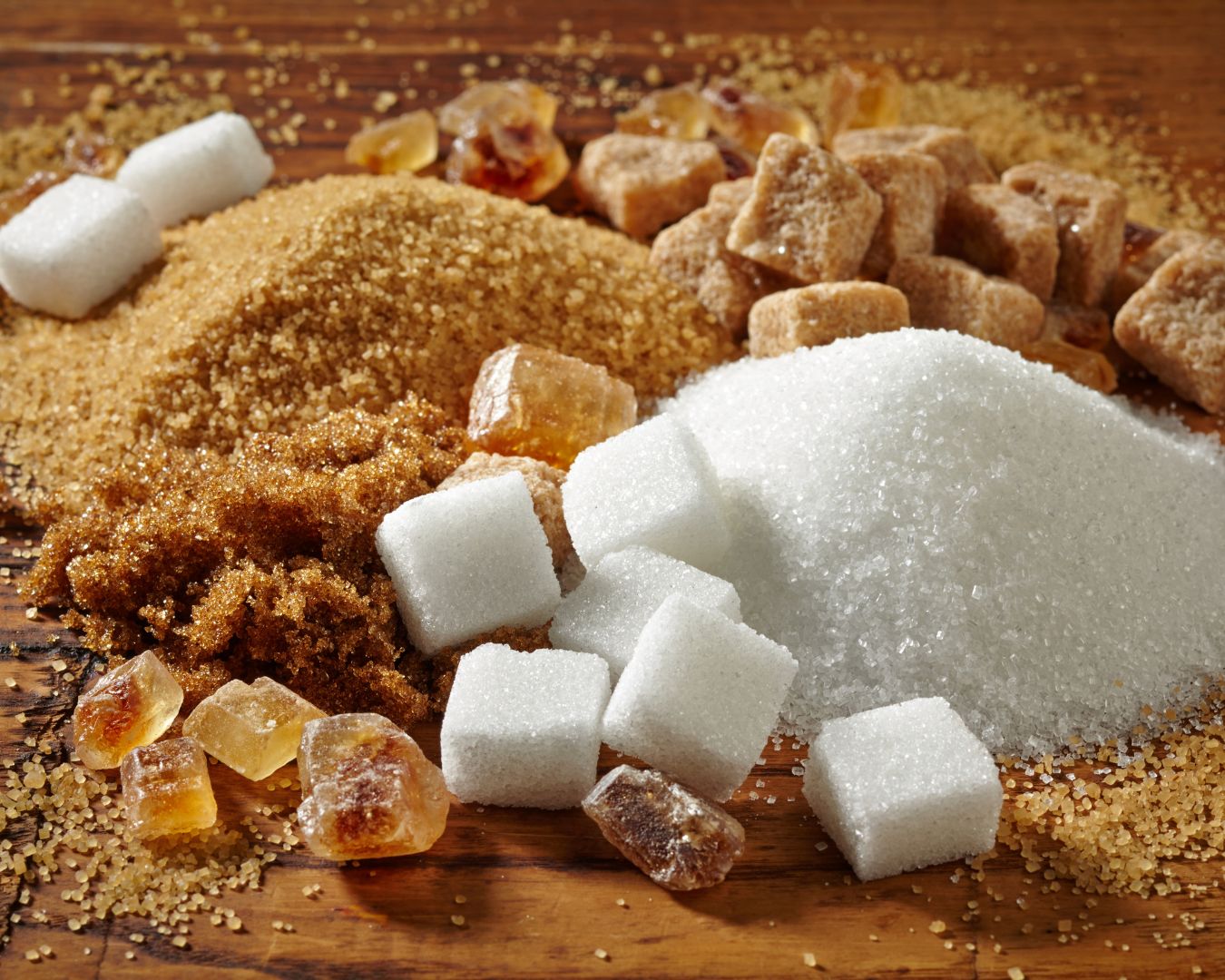Exploring Different Cooking Methods for Roots and Tubers
Roots and tubers are some of the most versatile ingredients in the kitchen. From potatoes and sweet potatoes to carrots, beets, and parsnips, these starchy and nutritious vegetables are staples in many cuisines around the world. The way you cook them can significantly change their texture, flavor, and overall appeal. In this blog post, we’ll dive into the various cooking methods for roots and tubers and when to use each for the best results. Boiling Boiling is one of the simplest methods for cooking roots and tubers. It’s ideal for creating soft, easily mashable vegetables like potatoes or carrots, making it a go-to technique for soups, stews, and purees. How to Boil: Best For:Potatoes, sweet potatoes, beets, and carrots. Pro Tip:Save the nutrient-rich cooking water to use as a vegetable broth or to add moisture to mashed roots. Roasting Roasting brings out the natural sweetness in roots and tubers by caramelizing their exterior while keeping the insides tender. The high heat gives them a crispy texture that is hard to resist, making it a popular choice for side dishes and salads. How to Roast: Best For:Sweet potatoes, carrots, parsnips, beets, and turnips. Pro Tip:For an extra layer of flavor, toss your roasted roots with a drizzle of honey or balsamic vinegar during the last 5 minutes of cooking. Steaming Steaming is a gentle cooking method that helps retain the nutrients in roots and tubers while keeping their natural flavors intact. It’s ideal for making soft, tender vegetables without the need for added oils or fats. How to Steam: Best For:Carrots, beets, parsnips, potatoes, and sweet potatoes. Pro Tip:For a burst of flavor, sprinkle the steamed vegetables with fresh herbs or a squeeze of lemon juice just before serving. Frying Frying roots and tubers can create crispy exteriors with soft, fluffy interiors, making it a popular method for making fries, chips, or fritters. Though not the healthiest option, it’s a delicious treat when done occasionally. How to Fry: Best For:Potatoes, sweet potatoes, yams, and cassava. Pro Tip:Double-fry your potatoes for the crispiest fries. Fry once at a lower temperature to cook through, and then again at a higher temperature to crisp up the exterior. Sautéing Sautéing is a quick and easy way to cook smaller pieces of roots and tubers, allowing them to soften while retaining a slight crunch. This method is perfect for stir-fries, hash, or as a base for vegetable medleys. How to Sauté: Best For:Potatoes, carrots, parsnips, and radishes. Pro Tip:Add a splash of vegetable broth or water halfway through cooking to help soften the veggies and prevent burning while keeping the dish light. Grilling Grilling roots and tubers adds a smoky, charred flavor to their natural sweetness, making it a great option for outdoor cooking. Grilled root vegetables can be served as a side dish or tossed into salads for extra texture. How to Grill: Best For:Sweet potatoes, potatoes, beets, and turnips. Pro Tip:Parboil denser vegetables like potatoes or beets before grilling to ensure they cook through evenly. Baking Baking is a slower cooking process that results in tender, fluffy textures, especially for tubers like potatoes and sweet potatoes. It’s perfect for making baked potatoes, casseroles, or gratins. How to Bake: Best For:Potatoes, sweet potatoes, parsnips, and turnips. Pro Tip:To achieve crispy skin on baked potatoes, rub them with oil and salt before baking. Mashing Mashing is the perfect way to turn boiled or steamed roots and tubers into a creamy, comforting dish. It’s most commonly associated with potatoes, but other roots like sweet potatoes, carrots, and parsnips also make excellent mash bases. How to Mash: Best For:Potatoes, sweet potatoes, parsnips, and carrots. Pro Tip:For an extra smooth texture, use a potato ricer instead of a traditional masher. Roots and tubers are incredibly versatile and can be transformed in countless ways depending on the cooking method you choose. Whether you prefer the crispy crunch of roasted sweet potatoes, the creamy comfort of mashed parsnips, or the smoky flavor of grilled beets, there’s a cooking method for every taste and occasion. Experiment with different techniques to discover your favorite ways to enjoy these nutritious and delicious vegetables!

